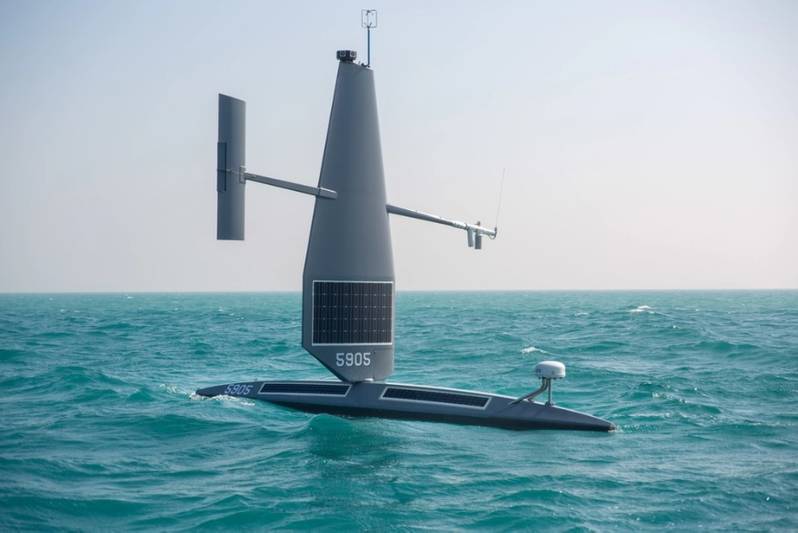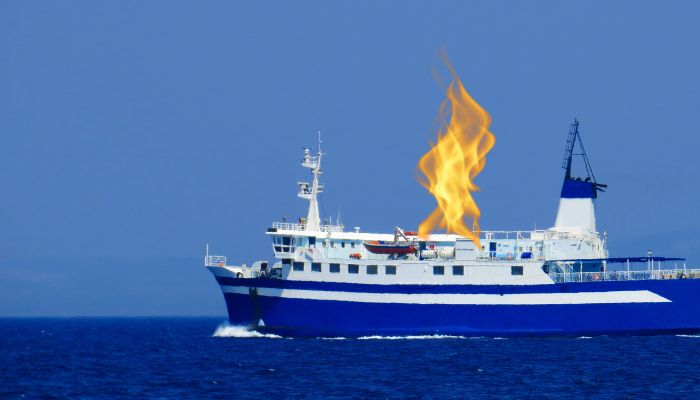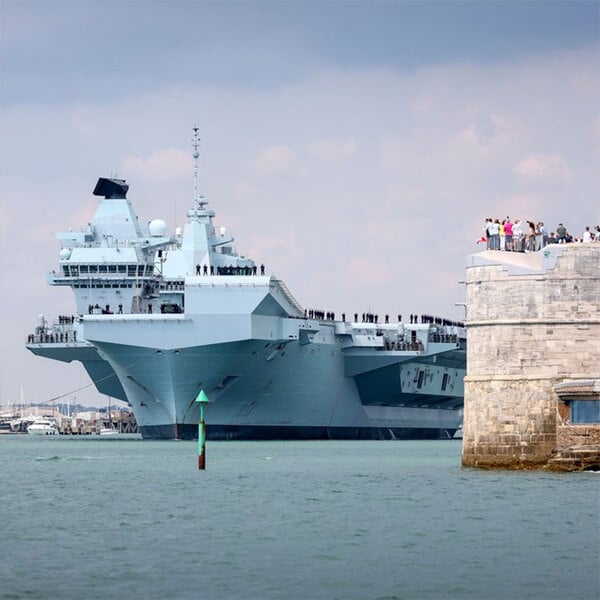September 1, 2022 GENERAL
The U.S. Navy said it thwarted an Iranian attempt to capture one if its unmanned surface vessels (USV) in the Arabian Gulf.
While transiting international waters around 11 p.m. (local time), Aug. 29, U.S. 5th Fleet observed Iran’s Islamic Revolutionary Guard Corps Navy (IRGCN) support ship Shahid Baziar towing a Saildrone Explorer USV in an attempt to detain it. U.S. Navy patrol coastal ship USS Thunderbolt (PC 12) was operating nearby and immediately responded. U.S. 5th Fleet also launched an MH-60S Sea Hawk from Helicopter Sea Combat Squadron 26, based in Bahrain.
The actions taken by U.S. naval forces in response resulted in the IRGCN vessel disconnecting the towing line to the USV and departing the area approximately four hours later. The U.S. Navy resumed operations without further incident.
“IRGCN’s actions were flagrant, unwarranted and inconsistent with the behavior of a professional maritime force,” said Vice Adm. Brad Cooper, commander of U.S. Naval Forces Central Command, U.S. 5th Fleet and Combined Maritime Forces. “U.S. naval forces remain vigilant and will continue to fly, sail and operate anywhere international law allows while promoting rules-based international order throughout the region.”
The Saildrone Explorer USV the IRGCN attempted to confiscate is U.S. government property and equipped with sensors, radars and cameras for navigation and data collection, the Navy said. This technology is available commercially and does not store sensitive or classified information, it added..
U.S. 5th Fleet operates a network of manned and unmanned systems in accordance with international law. The integration of unmanned systems and artificial intelligence into fleet operations enhances maritime vigilance for U.S. forces and international partners in waters across the Middle East.

Source: https://www.marinelink.com/news/iran-caught-trying-capture-us-navy-sea-499117








